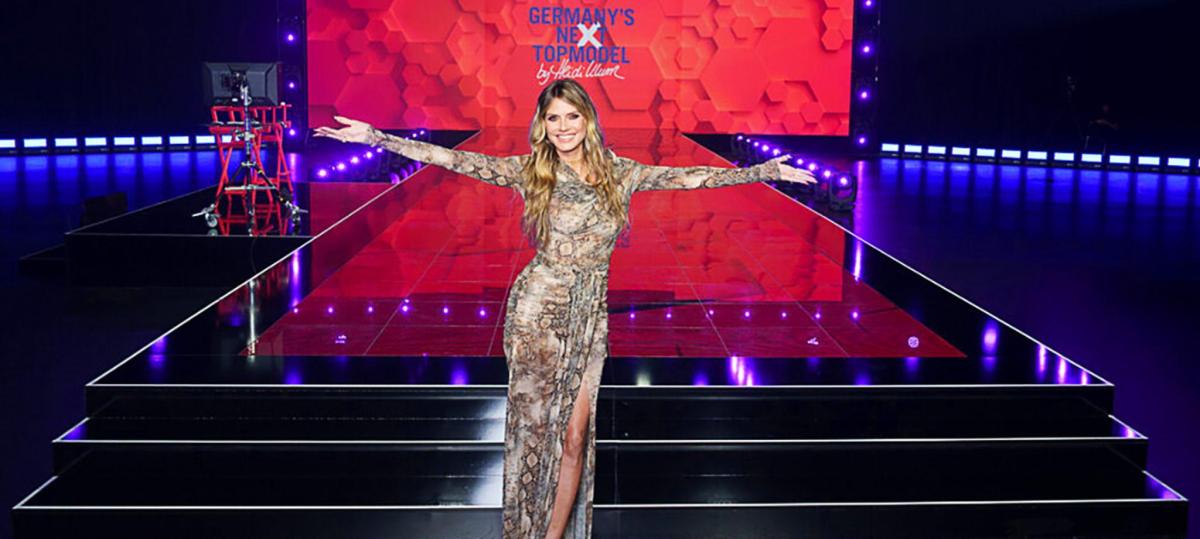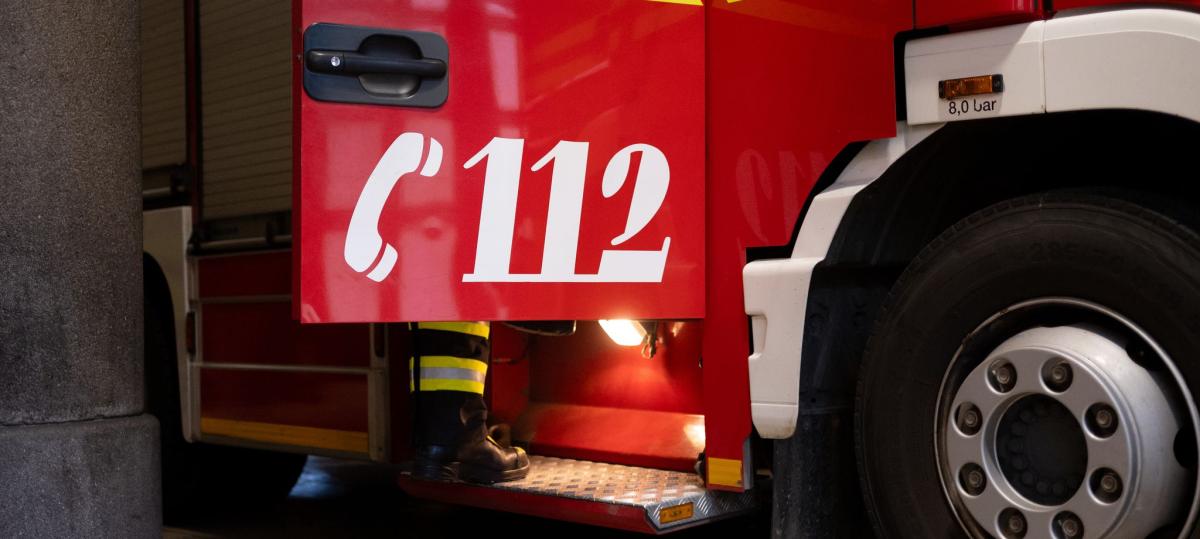Baywa repayed 650 million debts with sale

The baywa mixed group reduces its billions in debt by selling the Dutch daughter Cefetra. This is now returning to the Dutch hands with the sale to the first Dutch group. Baywa and the First Dutch owner Peter Goedvolk have agreed on the sale, as the Munich agricultural, construction and energy group announced. Baywa’s credit load is expected to drop by 650 million euros. The sale is to be completed in the third quarter.
Low sales price, high debt repayment
According to the compulsory announcement, the sales price on the stock exchange is only 125 million euros. The much larger part of the debt reduction results from the fact that the CEFETRA apparently has high loans in the books: the cefetra from the BayWa balance should reduce the debts by 500 million euros. The CEFETRA group is a supplier of agricultural raw materials, among other things for feed production, another business area is the grain trade.
The BayWa had become financial difficulties in the summer of 2024, caused by a lot caused by severely increased interest payments for loans in the case of simultaneous red figures in daily business. The long and short-term financial debts totaled over five billion euros.
Refurbishment by the end of 2028
The renovation should take years and be completed at the end of 2028. The sale of foreign daughters and participations is an essential part of the plan. The sale of the Baywa share on its Austrian counterpart RWA has already been decided. Both sales together reduce debt burden by 1.1 billion euros.
The BayWa took over the Cefetra in 2012, the purchase price at that time was also 125 million euros. Former CEO Klaus Josef Lutz wanted to transform the Baywa into a global player in agricultural trade. If the renovation goes beyond the stage by 2028, Baywa will be again – as in years before Lutz ‘internationalization strategy – a company largely limited to Germany.







